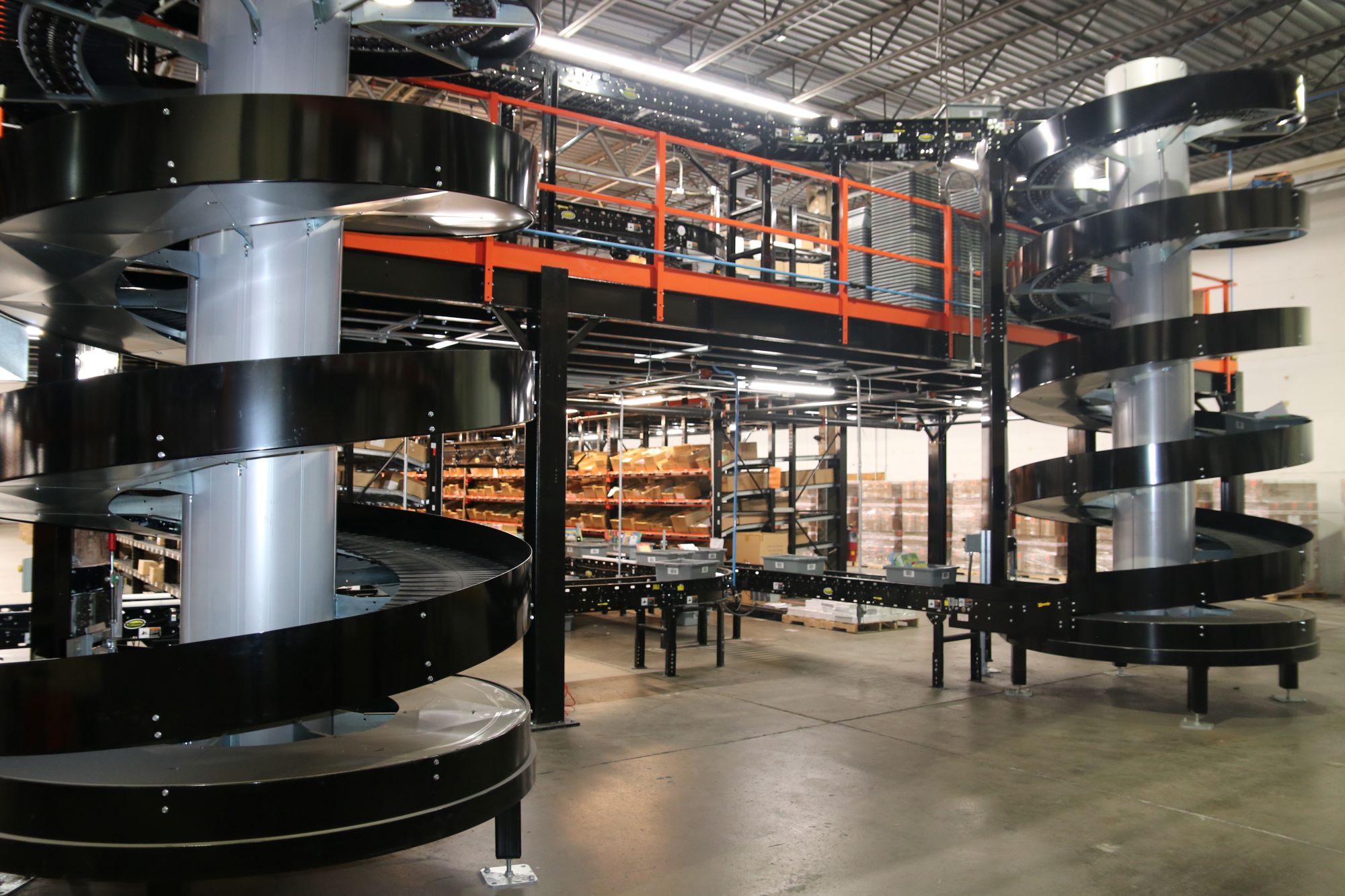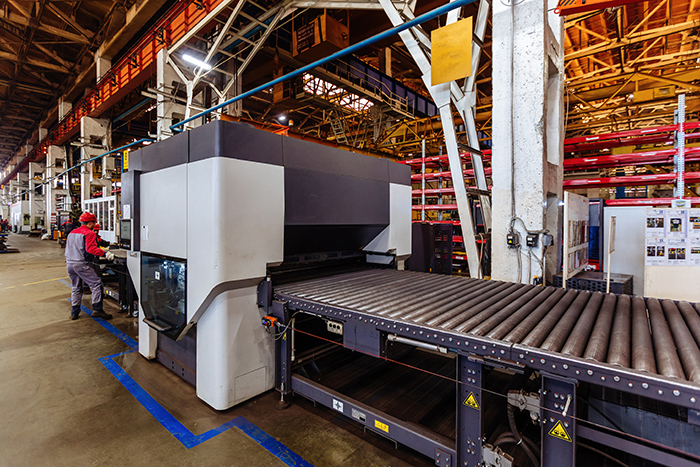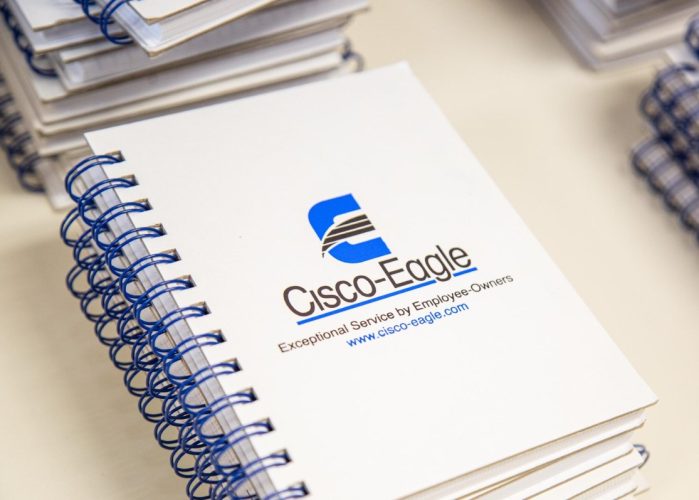
Ensuring workplace safety is an ongoing challenge, especially in fast-paced manufacturing and warehousing operations. Every year, the OSHA publishes its list of the most frequently cited workplace safety violations, providing a snapshot of the most pressing hazards that can lead to injuries and serious fines.
While the list results do not have many changes from year to year, it is important to review annually. Comparing your safety processes and training to what is included can help to create a more robust system that can save lives and protect what matters.












